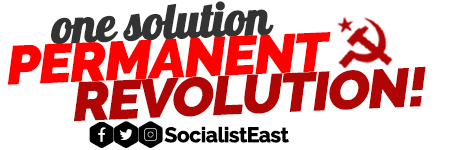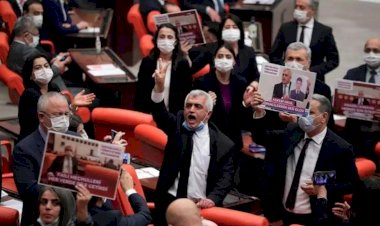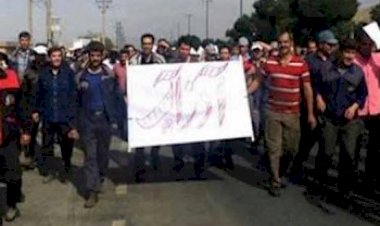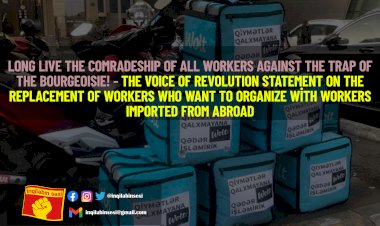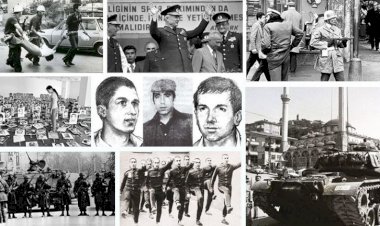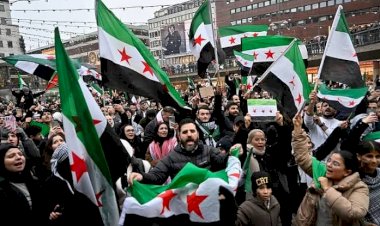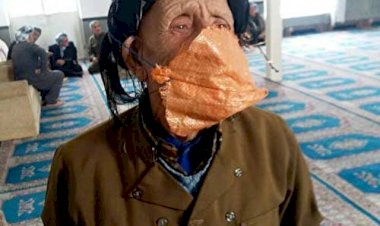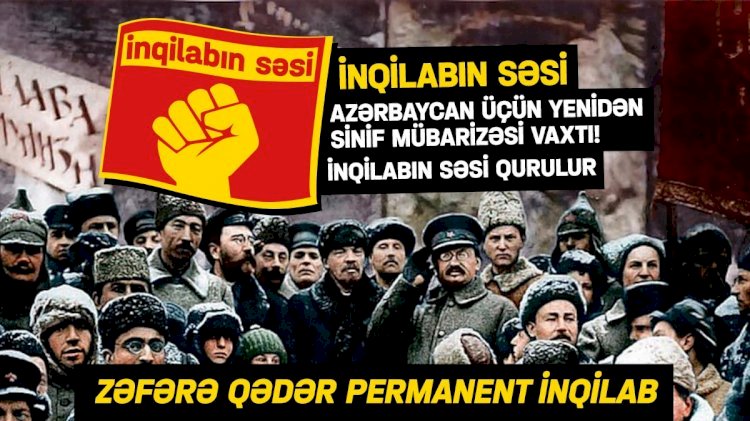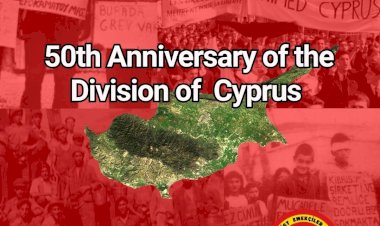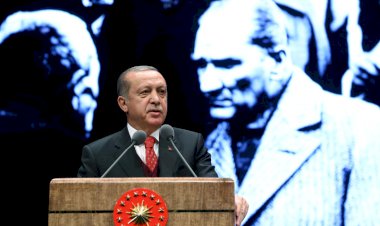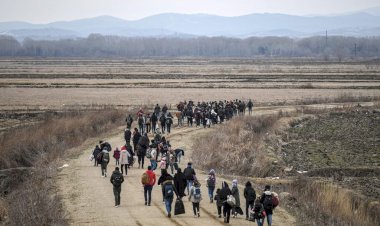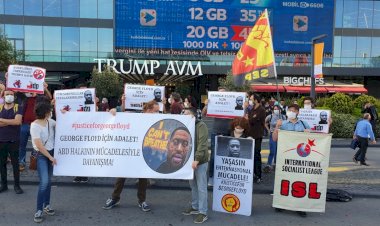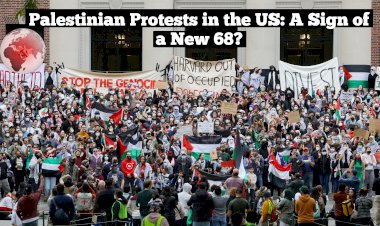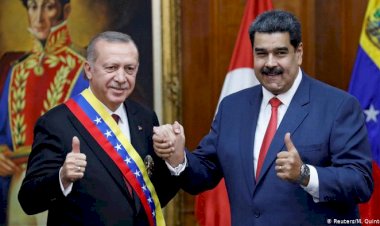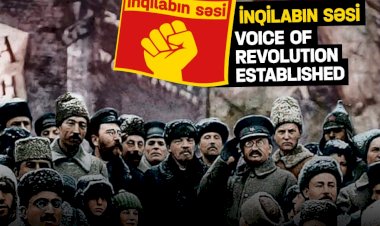Iran, A Lawless Country Sinking Into The Abyss Of Death
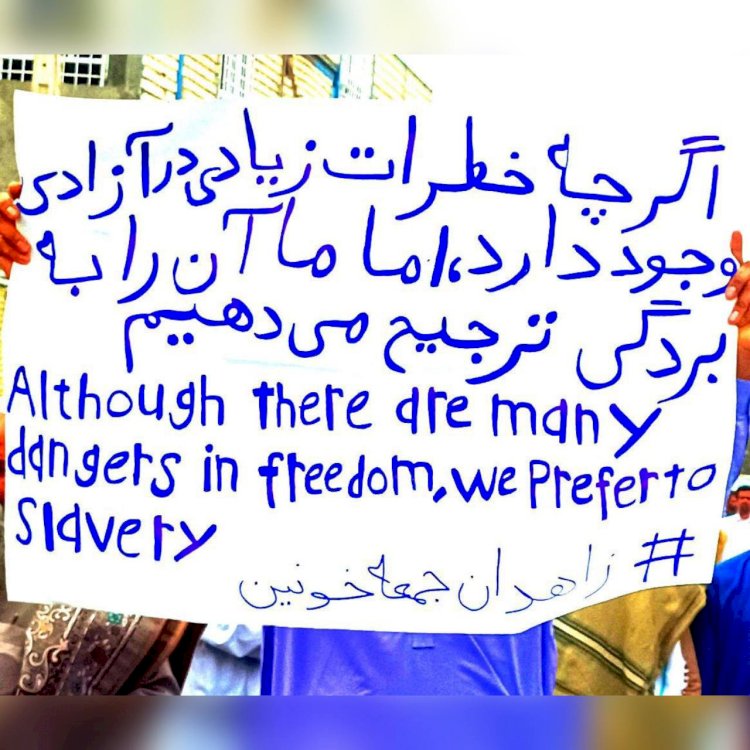
A Sneak Peek At The State Of The Present Political Situation In Iran
Zhaleh Sahand
The year 2023, brought a shift in the political expressions and exhibitions of the Iranian people’s elevating discontent and opposition against their regime, but the intact, are the people’s political landscapes. The dissident Iranian people are becoming natural tacticians. A gift that can only be received by the people who are constantly living under the yogh of a bloody tyrannic regime, and thrive to survive.
Though the labour protests and strikes in Iran have always had their own indicators and exponents, the other layers of the society and the activists’ political dispositions are currently portrayed in small groups and to some extent in individual manners.
Despite these political adaptations, the Iranian regime continues to face its people with no mercy and setback. So, the climate in Iran continues to be critical and in a state of turmoil, especially around the borders, in the provinces, where the most deprived Iranian minorities; Arabs, Kurdish, and Balochis, are exposed to the harshest racism, severe hardships, and neglect- live with no governmental services, facing environmental degradations, extreme poverty, water shortage, and……where resistance is still well alive- and their people and activists are at risk of being killed, incarcerated, and executed at a higher rate in comparison to the other parts of Iran.
The harsh rules and rate of executions are continuing to get worsen. As if from early on, the Islamic regime of Iran has set in stone the mechanism of its politics, to never make a concession to the savagery of its political and oppositional dynamism, offensives, and militarized politics of its own kind against its own people- to maintain calm, order, and rules.
Furthermore, there is no single sign on the horizon to indicate anything rather than the fall of the regime in a deeper and troubling destabilization, for the regime perfectly knows that in a country where at least more than half of its population wishes its fall, must survive resorting to bloody violence, prosecutions, jailing, and lawless executions.
So, both the regime and the Iranian people are continuing to exhibit their political conflicts and opposition to the other, with a difference; the first is on the offensive equipped with all kinds of tools for repression, and the latter is on the defensive, possessing only the gift of will and longing for the establishment of a just system in Iran.
In plain, if I can expand the concept of the dual power in its philosophical dimension and not its exact practical and classical form, in Iran we have a regime that with no hesitations in the use of violence and shedding blood, is struggling to overcome the growing and severe socio-political difficulties that are threatening its political stability and fundamentals in different dimensions- and on the other side, parallel with the regime, though still, it is in an embryonic state and weak, we have the Iranian people with their evolving socio-political dissatisfactions that in variety of forms and shapes are resisting the moral, political, and economic basis and structure of a system that has lost its legitimacy from the day one, when turned its back to all the promises it made and failed.
Ordinary people entrust the religious authorities, with what they claim, but religions as a whole have failed to transform humanity into a better self, lied, manipulated, and alienated humanity to rule the weak, the natives, the ones with broken hearts and minds in every class, and led them into separatism, sectarianism, and wars instead, and made crimes, savagery, and ruthlessness its business. Religions have always been the lashes of power, the powerful, and the capital at the expense of the suppressed.
The Iranian Islamic regime at the top of the list of tyrants, failed at all levels in shaping a human and revolutionary superstructure of its own promised before the fall of Pahlavi, and after, and this includes all of the tyrants in the Middle East world, with one difference; the Iranian Islamic regime became the king of the kings in a short time in the region- maximizing the poverty of its own people, and at the expense of the Iranian poor, is donating the wealth of the country that belongs to the poor and the disadvantaged ethnic minorities at the borders, to the most reactionary groups and the tyrants of the region to bribe their support, stay in the position of power, and survive.
Failing to make a democratic and prosperous Iran for the Iranian people and exclusively for the deprived working class and toilers, as a decisive class and an agency in revolutionizing the culture, democracy, the socio-economic wellness, and prevalence of equality in every society, it inequivalently failed thousand times more- for the bourgeois and the upper middle classes in Iran parasitically and in the absence of the labour laws, protections, and regulations gained a momentum to fill their filthy pockets at the expense of the sweat and the blood of the Iranian workers- to survive in a country that is a staunch member of the global capitalism, corrupt to the core, and tied with thousands of threads to a system of terror that has no qualms about resorting to any inhuman means, violence, and carnage to surpass the will of its people against its reign to stabilize and preserve itself at any cost.
But the case is that the struggle and the resistance movement in Iran, undeniably is existing, resisting, and with no silence or end, it is present in every corner. So, the Iranian regime is ruling on the tip of its swords, and the people equivalently in terms of their resources and political rights, are resisting the regime with no fear of its shed of blood, tortures, jails, and executions, empty-handed.
The Iranian regime neither wants to adopt a series of reforms, for that requires the rejection of all and everything that has manifested its religiosity and fundamental existence, nor can, for the Iranian people with or without reforms, are seeking to topple its entire shameful entity at its core, and all the evidence shows that the regime is even losing its base, the backbone of its empire; the bazaar strata beside the majority of the whole.
Based on human rights organizations, Facebook, Twitter, and all other media reports, from the outset of the movement for Women, Life, Freedom, protests have taken place in 31 provinces, in Iran, more than 1200 student and mass protests were organized, and more than 19,600 people have been arrested during the protests. “More than 400 students at universities across Iran have been suspended or expelled for taking part in the nationwide protests caused by the death of Mahsa Amini in September. A total of 435 have been expelled or suspended since the start of the protests, the national council of student unions said on Tuesday in reports from Farsi media outlets. [1]
In brief, since the beginning of the year 2023, all the news and the pictures that are penetrating the outside world from Iran, portray the disobedience of the Iranian people in every realm with some modifications, while the regime is also busy with its ongoing crimes and repressions.
From a gender perspective, Iranian women are fully aware that their presence, free from the Compulsory Hijab in front of the eyes of the regime’s thugs and security forces, requires immense courage, and no one can emancipate them from the rules of the cavemen in reign, but themselves, and this is why they are tirelessly confronting the government in this targeted front in a troublesome way, not scattered, but daily.
Some Iranian women attend their schools, go to work, and appear on the streets in different parts of Iran, with no compulsory hijab, and the regime very much appears to be incapable of maintaining its control over this evolving movement of Iranian women.
Just some days ago, on June 12, 2023, the Student Guild Councils reported that the university’s security has conditionally suspended 40 female students for “failure to fully observe" the Islamic dress code and the suspensions will take full effect if upon the students return, observing the Islamic dress code fails again.
The full report says “On June 14, 2023, the National Students Councils announced that around 50 students of the Tehran University of Art, starting from 5 pm on Thursday, June 15, 2023, gathered at the university’s Bagh-e Melli campus to protest against the obligation for female students to wear the Maghna’eh.
Despite the threats from the security department and gathering of plainclothes agents outside the university, the students continued their sit-in protest.
Students of Tehran University of Art were harshly beaten for refusing the mandatory Hijab.
Agents of the security department did not allow the protesting students to use the restroom facilities or drink water. Additionally, the plainclothes agents outside the university prevented the delivery of food and water to the students.
In the evening, Hamzeh Borzouii, the head of the security department, threatened the students that he would open the university gates to the plainclothes agents.
Around 2:30 am on Thursday, June 15, 2023, Borzouii started beating the protesting students of Tehran University of Art. Some of the students were injured, and several are in critical condition.
The National Students Councils reported on Thursday, June 15, that despite the ongoing pressure and threats from the security department, the students are still inside the university premises and are not allowed to leave.” [2] On the workers' front, from the outset of the 1979 revolution, not a day has gone by without labor protests, sit-ins, or strikes in Iran. This despite the lack of existence or presence of legal independent workers' unions, a workers' party, a legal nationwide labor organization, and leadership that can organize the Iranian workers' movement in a coherent stream, portrays the longevity and the class consciousness of a class that is aware of its socio-economic rights and can play its historical role when the time comes by- that moment when even the most backward layer of the working class finds fate in its strengths to determine its destiny itself. That time when the most backward layer of the working class learns that falling into the abyss of the bourgeoisie, is its death sentence.
Despite the working-class delay in launching a solid and back-breaking strike, the Iranian workers are the only class that have never lost their focus on their needs and demands since the beginning of the Islamic regime, but as Trotsky has said in his, The Main Lesson of the Third Congress, workers “want organizational guarantees of victory. Only that party will be able to lead them to decisive battles which reveal in practice, under all conditions and circumstances, not merely its readiness to fight, i.e., its courage, but also its ability to lead the masses in struggle, its capacity to maneuver in attack or in retreat, its skill in leading them out of the line of fire when a situation is unfavorable, its ability to combine all forces and means for a blow, and, in this way, systematically to enhance its influence and its authority over the masses. It is unquestionable that the parties of the Communist International have not by far given sufficient consideration to this task. Herein is the main source of tactical errors and internal crises among the various Communist parties."[3]
The pace of the events in Iran has accelerated since Jin - Jiyan - Azadi: Women, Life, Freedom movement. This is one of the elements of revolutionary situations; events continuously happening and circumstances continuously changing and reshaping. Iran is at this stage at this time. Many things are happening at the same time in Iran which requires a journalistic ability or position to chronically follow them- but to give just a glimpse of what is happening in Iran, it should be said that till now from the beginning of the existence of the Islamic regime despite its bloody security measures, hundreds and hundreds of workers, educators, retirees, and nurses protests have taken place- for fair wages, against the privatization of the companies, temporary contracts, job securities, unpaid and late payment of wages, and that continued to elevate after the recent uprisings. The Iranian workers and people are expressing and forming their political dissatisfactions and protests in different ways nowadays, while the killing machine of the Islamic regime of Iran is still fully at work.
Again just to give a glimpse of the workers’ situations and the status of their unions that include the prominent independent Iranian workers and teacher unions, the Syndicate of Workers of Tehran and Suburbs Bus Company, Teachers' Trade Association, the Haft Tappeh Sugar Cane Mill Labor Syndicate, among the other smaller unions, all not recognized as legal unions by the regime, are- it must be said that against the odds, they have organized hundreds and hundreds of sit-ins, protests, and strikes throughout the life of the Iranian regime to demand better conditions for themselves in all aspects of their daily works.
Many of the union’s members were/are arrested and have spent months and years in the regime’s jails, lost their jobs, just simply for claiming their rights to securitize their livelihood. Reza Shahabi[4], a member of the board of directors of the Syndicate of Workers of Tehran and Suburbs Bus Company, has been imprisoned several times now in sham trials, and sentenced to (5 years imprisonment and 2 years of exile and exclusion from trade union and social activities), along Davood Razavi, another member of the board (sentenced 5 years of imprisonment and two years of exclusion from activities), Hassan Saeedi another member of the board, (6 years imprisonment and 2 years of exile and exclusion from trade union and social activities ), and Keyvan Mohtadi, a sympathizer and translator (6 years imprisonment).
The members of the Iranian Teachers' Trade Association (ITTA), Esmail Abdi, secretary of the Tehran Teachers Union (10 years), Jafar Ebrahimi (4 years for “assembly and collusion” and 1 year for “propaganda against the regime”, prohibited from any union activities and membership in union organizations for two years), Mohammad Habibi, the spokesperson of the union (3 years and 7 months prison for “assembly and collusion” and 1 year for “propaganda against the regime”- freed some weeks ago), Rasul Bodaghi (4 years and 6 months for “association and collusion” and 1 year for “propaganda against the regime, prohibited from any union activities and membership in union organizations for two years ”), are just a pick from the whole host of the arrested Iranian workers and teachers.
Farzaneh Zillabi, the former lawyer of Haft Tappeh Sugar Cane Mill Labours, the retirees of Khuzestan province, and some teachers who are members of the Khuzestan teacher’s union have been sentenced to one year and six months in prison on charges of "propaganda activity against the regime" and "insulting the leadership", simply for doing her job; defending her plaintiffs. These are again, just some examples from the series of injustices that are happening to the Iranian workers.
Iran’s cemeteries have become a gathering place for many demonstrations against the regime from the beginning, therefore tight security measures are in place anywhere that the graves of the killed activists and protestors can be found. A month ago, a glass pane set at Mahsa Amani’s tomb was shattered by the regime’s thugs. On June 9, 2023, in Saqqez, the home city of Mahsa, all the business closed their doors, a protest took place at her grave, and at least forty people were arrested by the security forces. In the last year alone, many of the members of the families of the other murdered protestors, have been arrested, bitten, and jailed, and the graves of many of the protestors killed in different cities of Iran, have been destroyed by the regime.
The scope of the savage treatment of the families of the regime’s victims is getting wider and wider. The Regime’s act of barbaric violence against children is humongously getting worsen. “Iran has amassed the highest number of juvenile executions in the last 20 years. According to reports by Iran Human Rights and Amnesty International, between 1999 and 2021, Iranian authorities have implemented 100 (75%) of at least 131 juvenile executions worldwide.” [5]
Added to the above statistics, since the 2022’s nationwide protests, 63 children are killed at the hands of the regime. Mah Munir Moulayi Rad, a teacher, and the mother of Kian Pirfalak, age 9, the youngest victim of the regime, was shot on November 14, 2022, by the security forces along his father while sitting in his parent’s car, was verbally fired from her position without a formal notice some weeks ago- and several days ago she has been put under the house arrest and all her belongings have been confiscated as well. On June 11, Kian’s birthday, which was celebrated around the country and abroad as a form of protest against the government, the regime killed Mah Munir’s cousin, Pooya Moulayi Rad, on the way to Kinan’s grave, where his birthday was going to be celebrated.
On another note, the regime, its apparatuses, and thugs have deliberately as a form of punishment poisoned around 700 school girls for participating in the nationwide protests since last November. Child labour, child marriage, and lack of rights to child custody for mothers are among all other ultra-violent treatments of children in Iran.
Several of the children under the age of 18, upon their release from the regime’s prisons, have committed suicide. This is clearly the result of the traumas that the Iranian young generations are exposed to by the regime. It has been said that many of the young arrestees with no consent were forcefully given narcotic medications.
The regime’s latest victim, is Sepideh Farhan (Farahabadi), a former political prisoner and one of the detainees of the nationwide protests. She was released from prison some months ago, and though the cause of her death has not yet been determined, it is obviously can be concluded as an act of suicide. This is the second victim of suicide or unknown death of two of the women protesters released from the regime’s jails, in the last two months. Sepideh said in an interview, "They gave me 9 pills every day for 10 days in the detention center of the Ministry of Information. Later, when I researched, I found out that it is an anti-addiction pill and it is for those who have a severe addiction to morphine.”
Since 227 members of the Iranian parliament in the aftermath of the uprising in Iran, encouraged the use of death sentences to stop and undermine the steamy protests that were going to upside down the fundamental of the regime, the death penalty sentences of this rank “Waging War against God” and “Corruption on Earth”, is spiking up. The death sentences issued for many of the protestors are causing concern and anxiety over the increasing speed of the executions of the protestors, especially for the ethnic minorities in Iran.
The Islamic regime has continuously and systematically obtained under the mental and physical torture of prisoners of any sort, forced confessions to operate its sham trials and keep its killing machine in work. The regime’s escalation of the death penalty, whereas the racist death penalty is disproportionately executed against the ethnic and religious minorities; the Kurds, Baluchi, and Arabs, raises deep concerns over its calculated discriminatory laws and policies.
In 2022, “At least 511 executions (88%) were not announced by official Iranian sources
- Only 3 of the 256 drug-related executions were announced by official sources
- Drug offenses accounted for 49,5% of unannounced executions
- Murder charges accounted for 47% of unannounced executions
- Sistan and Baluchistan provinces had the highest number of unannounced executions
- At least 15 people were secretly executed, without their families “and lawyers being notified
- Of the 15 people secretly executed, 13 were Baluch and one was Kurdish [6]
I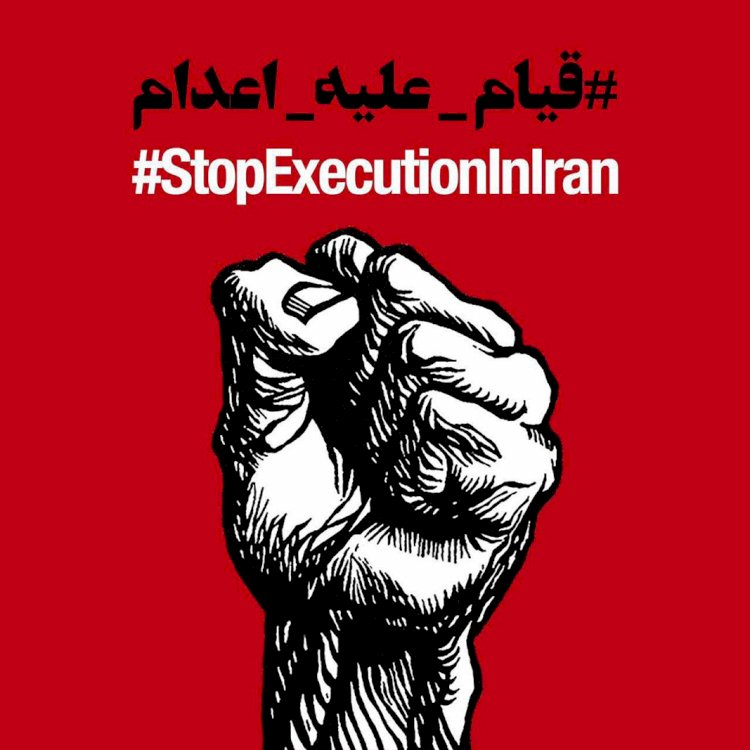 n Baluchistan, where both the land and its people witnessed the “Iranian security forces unlawfully killed at least 66 people, including children, and injured hundreds of others after firing live ammunition, metal pellets and teargas at protesters, bystanders, and worshippers during a violent crackdown after Friday prayers on 30 September in Zahedan, Sistan, and Baluchistan province, Amnesty International said today. Since then, another 16 people were killed in separate incidents in Zahedan amid an ongoing clampdown on protests. Evidence gathered from activists, victims’ families, eyewitness testimonies, and images and videos of the protests suggests the real death toll from Zahedan is likely to be higher.” [8], where every Friday, demonstrations are still taking place with vibrantly chanted revolutionary slogans. Along with the statistics shown above, according to the reports received by the Baloch Activists Campaign, at least 53 Baloch prisoners were executed in various prisons of the Islamic Republic of Iran in the last 5 months.[9], and among 173 people who for the so-called drug-related crimes were executed, many of them happen to be Baluchis, there are still more Baluchi, Kurdish, Arabs, and Afghani people on the lists of the criminal Iranian regime to be executed next.
n Baluchistan, where both the land and its people witnessed the “Iranian security forces unlawfully killed at least 66 people, including children, and injured hundreds of others after firing live ammunition, metal pellets and teargas at protesters, bystanders, and worshippers during a violent crackdown after Friday prayers on 30 September in Zahedan, Sistan, and Baluchistan province, Amnesty International said today. Since then, another 16 people were killed in separate incidents in Zahedan amid an ongoing clampdown on protests. Evidence gathered from activists, victims’ families, eyewitness testimonies, and images and videos of the protests suggests the real death toll from Zahedan is likely to be higher.” [8], where every Friday, demonstrations are still taking place with vibrantly chanted revolutionary slogans. Along with the statistics shown above, according to the reports received by the Baloch Activists Campaign, at least 53 Baloch prisoners were executed in various prisons of the Islamic Republic of Iran in the last 5 months.[9], and among 173 people who for the so-called drug-related crimes were executed, many of them happen to be Baluchis, there are still more Baluchi, Kurdish, Arabs, and Afghani people on the lists of the criminal Iranian regime to be executed next.
In the midst of dealing with the heartbreaking news on the execution of a number of the protestors of the recent uprisings, the Kurdistan Human Rights Network has reported that “The Islamic Revolutionary Guard Corps (IRGC) today resumed bombing the protected areas of Mount Kusalan in Sarvabad, Kurdistan province.
The IRGC’s Shahramfar base and Beit-ol-Moqaddas Corps in Kurdistan are conducting a military operation in the area for the fifth consecutive day. At the same time, there have been reports of IRGC drones flying over Shaho Mountain in Kamyaran, Kurdistan province.[10]
Given this fact, the Iranian regime has not and will never waste any moments, to show that its first enemies will always remain to be the most deprived classes of the Iranian population, whether to be the Fars or the ethnic minorities. And it tends to make sure not to lose any opportunities to widely expand the militarization of the Kurdish and Baluchis provinces, though for years all the evidence shows that the Iranian minority groups are in the state of defensive, and far from offensive. The Iranian workers and toilers must organize themselves to harder hit the Iranian regime at all levels.
Notes
2- https://women.ncr-iran.org/2023/06/15/students-of-tehran-university-of-art/
3- https://www.marxists.org/archive/trotsky/1924/ffyci-1/ch25.htm
4- https://lis-isl.org/en/2022/11/28/iran-libertad-para-reza-shahabi-y-todos-los-presos-politicos/
5-https://www.amnesty.org/en/location/middle-east-and-north-africa/iran/report-iran/
6- https://iranhr.net/media/files/Rapport_iran_2022_PirQr2V.pdf
9- https://twitter.com/balochcampaign/status/1669202612552384513
10- https://kurdistanhumanrights.org/en/irgc-continues-bombing-kurdistans-mountains-in-west-iran/
